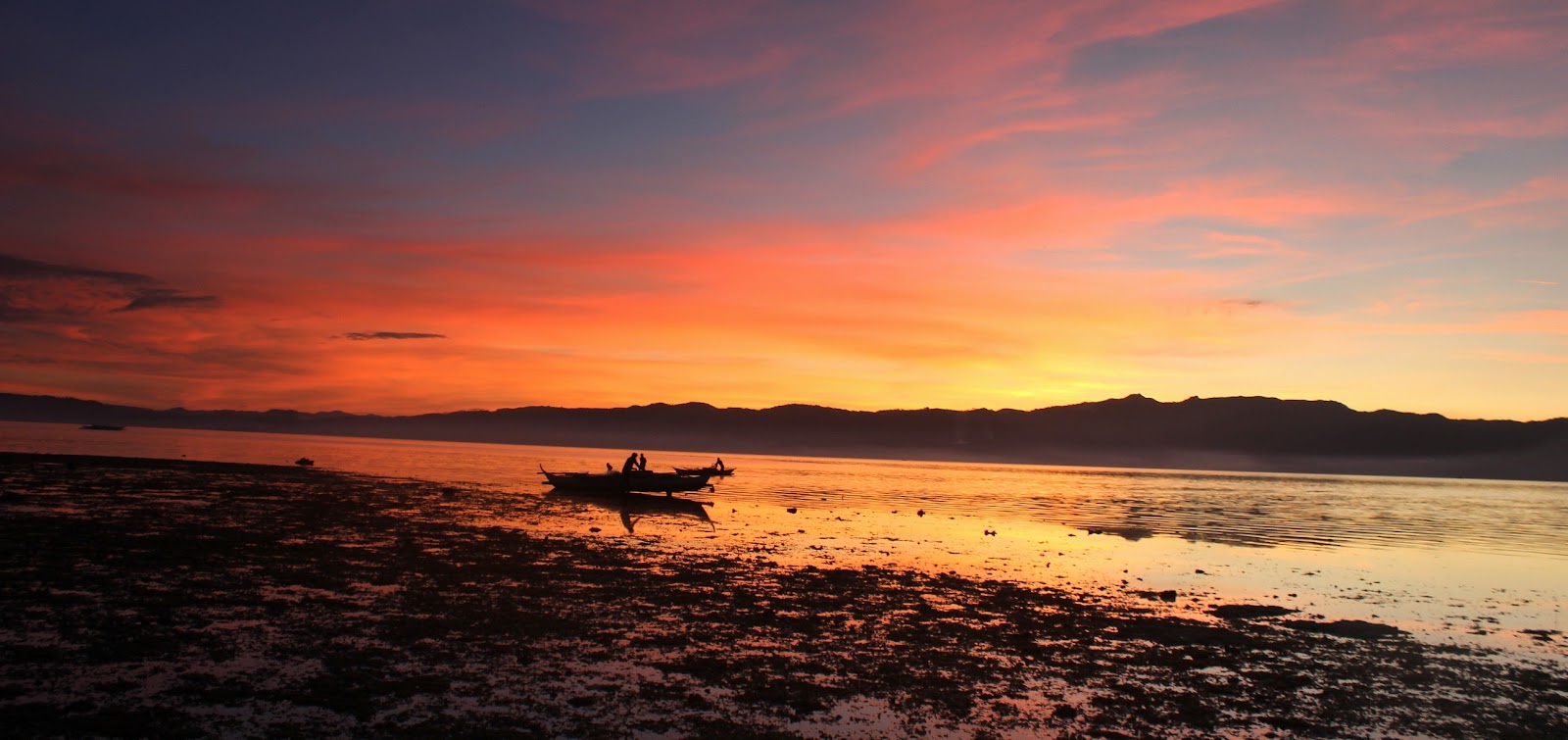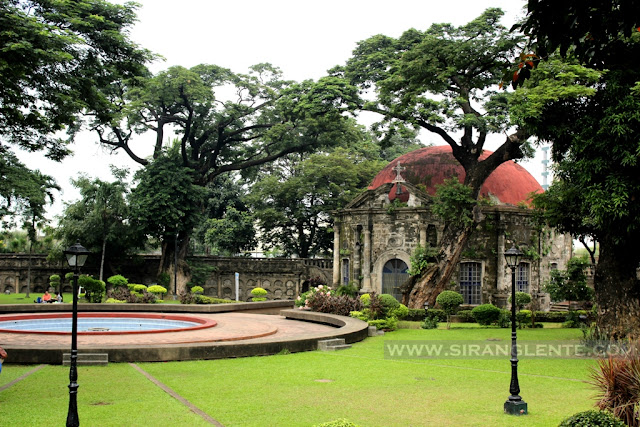
PACO PARK AND CEMETERY, MANILA

Fort Santiago during World Tourism Day

SAN SEBASTIAN CHURCH, MANILA
Manila Cathedral, Intramuros
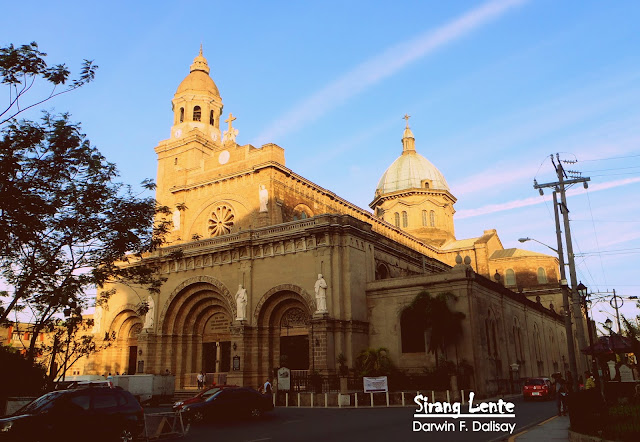
San Agustin Church, Manila
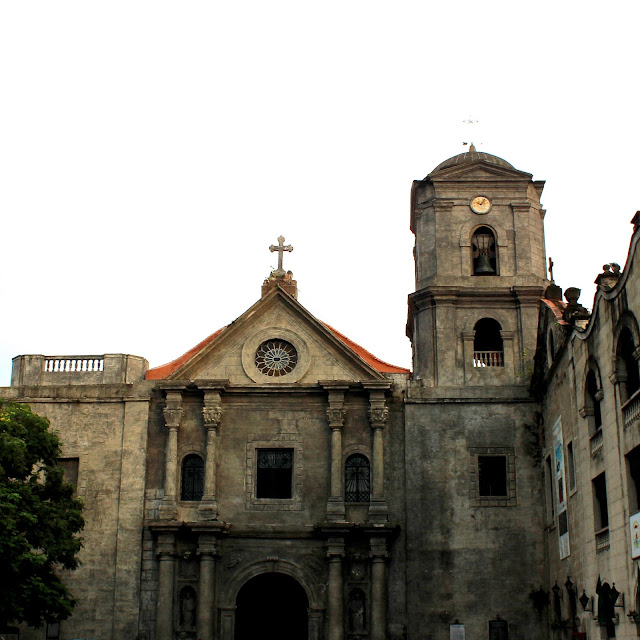
Cape Bojeador Lighthouse

It is also known as the Burgos Lighthouse, a 66-foot-tall octagonal stone tower on Vigia de Nagpartian Hill with an overlooking scene of Cape Bojeador. It is one of the historical landmarks and a cultural heritage erected during the Spanish era in the Philippines. This lighthouse was first designed by Magin Pers and Pers in 1887 and finished by the Lighthouse Service under Guillermo Brockman.
Sto. Niño Cold Spring, Camiguin

Sto. Nino Cold Spring is one of Camiguin’s top tourist destinations. By its name, you can easily expect fresh and cold spring water. I had no plans to get wet, especially with the temperature of the water, it was really a NO NO. Because of its super dupper clear water, I dipped into the water and experienced how great this cold spring is. I was also stunned by the bottom of the pool, there are no silts because it is made of concrete.
Bura Soda Water Park, Camiguin
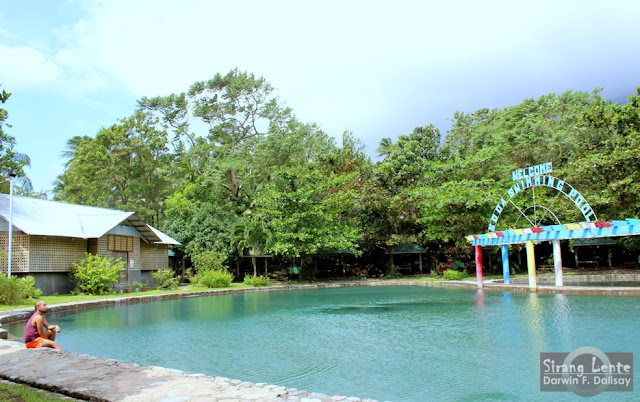
Guiob Church Ruins

The old Guiob Church was damaged by the volcanic eruption that happened centuries ago, damaging the other structures on the island. The Old Church Ruin of Camiguin is composed of meter-wide walls and huge columns. These walls and columns are made of coral stones and are now covered with mosses and plants.
Calle Crisologo

It is also called Mena Crisologo Street, named after Mena Pecson Crisologo, who is the most respected son of Ilocos. He wrote Mining wenno Ayat ti Kararwa, which is compared to Jose Rizal's Noli Me Tangere; he is also the author of Don Calixtofaro de la Kota Caballero de la Luna and Codigo Municipal. With these stunning heritage houses, Calle Crisologo is definitely the top tourist attraction in Vigan City.
